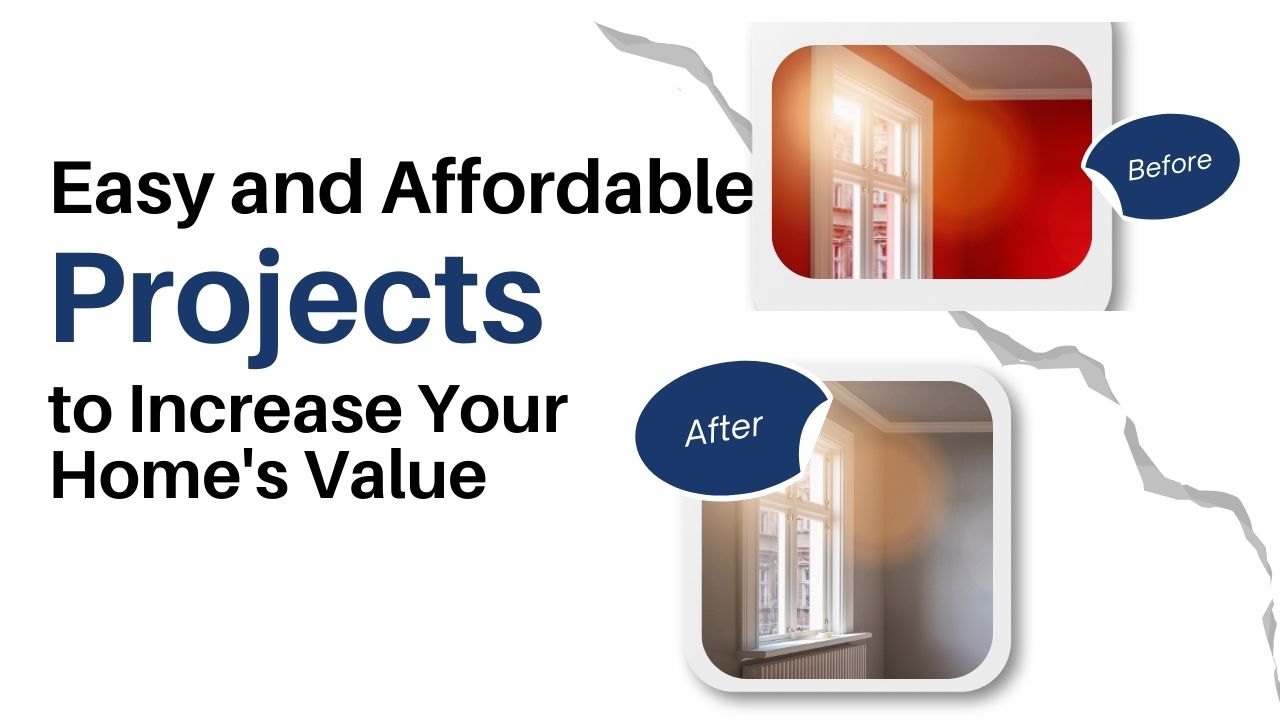 When you’re working with a realtor, it’s easy to feel like you need to impress us with how much you know or worry that we’re judging your choices. Let me set the record straight—there are a lot of things I truly don’t care about. My focus is on helping you achieve your real estate goals, no matter where you’re starting from.
When you’re working with a realtor, it’s easy to feel like you need to impress us with how much you know or worry that we’re judging your choices. Let me set the record straight—there are a lot of things I truly don’t care about. My focus is on helping you achieve your real estate goals, no matter where you’re starting from.
Here are five things you never need to stress about with me:
1. How much research you’ve done
Whether you’ve been Googling every real estate term under the sun or you’re coming in with no clue where to start, I’ve got your back. My job is to simplify the process and guide you every step of the way, no research required.
2. The size of your budget
Whether your budget is $150K or $1.5M, I’m here to help you make the most of it. There’s no judgment about what you can afford, my job is to find the best home for your needs and negotiate a great deal. Everyone’s journey is different, and I respect that.
3. How much you know about real estate
Are you a first-time buyer who doesn’t know what escrow means? Or maybe you’ve bought and sold several properties over the years. Either way, I’ve got you covered. I’ll meet you where you are and ensure you feel confident and informed every step of the way.
4. The state of your current home
If you’re selling, you might worry that your home isn’t “show-ready” or that it’s outdated. Guess what? That’s where I come in. I’ll help you identify cost-effective improvements and staging strategies to showcase your home in the best possible light with no judgment about where you’re starting.
5. Your personal taste
Whether you dream of a minimalist modern home or love bold patterns and funky layouts, your style is your business. My goal is to find a property that aligns with your needs, not mine. I’m here to guide you, not critique your preferences.
At the end of the day, my role is to support you in achieving your real estate dreams, no matter where you’re starting from. There’s no need to stress or feel self-conscious, I’m here to make the process smooth, enjoyable, and focused on YOU. Let’s find your dream home or sell your current one with confidence and ease!
 Last week’s reports were plentiful, but few had a greater impact on the lending and broader markets. The most significant among them were the Nonfarm Payrolls, Consumer Credit, and Consumer Sentiment reports.
Last week’s reports were plentiful, but few had a greater impact on the lending and broader markets. The most significant among them were the Nonfarm Payrolls, Consumer Credit, and Consumer Sentiment reports.  In today’s competitive real estate market, bidding wars have become an all-too-common occurrence. As more buyers seek limited inventory, properties often receive multiple offers, creating a challenging and sometimes stressful environment. However, with the right strategies in place, you can navigate these bidding wars effectively and secure your dream home. Here are key strategies to help you stand out and win in a competitive market.
In today’s competitive real estate market, bidding wars have become an all-too-common occurrence. As more buyers seek limited inventory, properties often receive multiple offers, creating a challenging and sometimes stressful environment. However, with the right strategies in place, you can navigate these bidding wars effectively and secure your dream home. Here are key strategies to help you stand out and win in a competitive market. Whether you’re preparing to sell your home or simply want to enhance its appeal, increasing your home’s value doesn’t have to be expensive or time-consuming. With a few affordable projects, you can make your property stand out while staying within your budget.
Whether you’re preparing to sell your home or simply want to enhance its appeal, increasing your home’s value doesn’t have to be expensive or time-consuming. With a few affordable projects, you can make your property stand out while staying within your budget. Real estate has long been a proven path to building wealth, but many assume it’s only for the wealthy. The truth is, you don’t need a massive fortune to get started. With smart strategies and creativity, you can begin investing in real estate on a limited budget. Here’s how:
Real estate has long been a proven path to building wealth, but many assume it’s only for the wealthy. The truth is, you don’t need a massive fortune to get started. With smart strategies and creativity, you can begin investing in real estate on a limited budget. Here’s how: Owning a home is one of life’s most exciting and rewarding milestones. It represents stability, independence, and a place to truly call your own. But achieving the dream of homeownership doesn’t just happen overnight—it takes careful planning and preparation. The good news? By starting today, you can lay the foundation to make this year the one you finally cross the threshold into your new home.
Owning a home is one of life’s most exciting and rewarding milestones. It represents stability, independence, and a place to truly call your own. But achieving the dream of homeownership doesn’t just happen overnight—it takes careful planning and preparation. The good news? By starting today, you can lay the foundation to make this year the one you finally cross the threshold into your new home. The previous week’s reins were held by the Federal Reserve’s Rate Decision and also the preferred inflation indicator, the PCE Index. With the PCE Index coming in well above the Federal Reserve’s 2% target, it suggests that rate cuts may be postponed much longer this year than initially anticipated.
The previous week’s reins were held by the Federal Reserve’s Rate Decision and also the preferred inflation indicator, the PCE Index. With the PCE Index coming in well above the Federal Reserve’s 2% target, it suggests that rate cuts may be postponed much longer this year than initially anticipated. Would you feel comfortable living near a cemetery, or does the idea give you pause? For some, it’s no issue, while others might consider it a deal-breaker.
Would you feel comfortable living near a cemetery, or does the idea give you pause? For some, it’s no issue, while others might consider it a deal-breaker. Imagine relaxing by your own pool on a warm day, drink in hand, and a book by your side while the kids enjoy their favorite pool floats. Adding a pool to your property can feel like the ultimate luxury, but does it enhance your home’s value, or could it complicate resale?
Imagine relaxing by your own pool on a warm day, drink in hand, and a book by your side while the kids enjoy their favorite pool floats. Adding a pool to your property can feel like the ultimate luxury, but does it enhance your home’s value, or could it complicate resale?